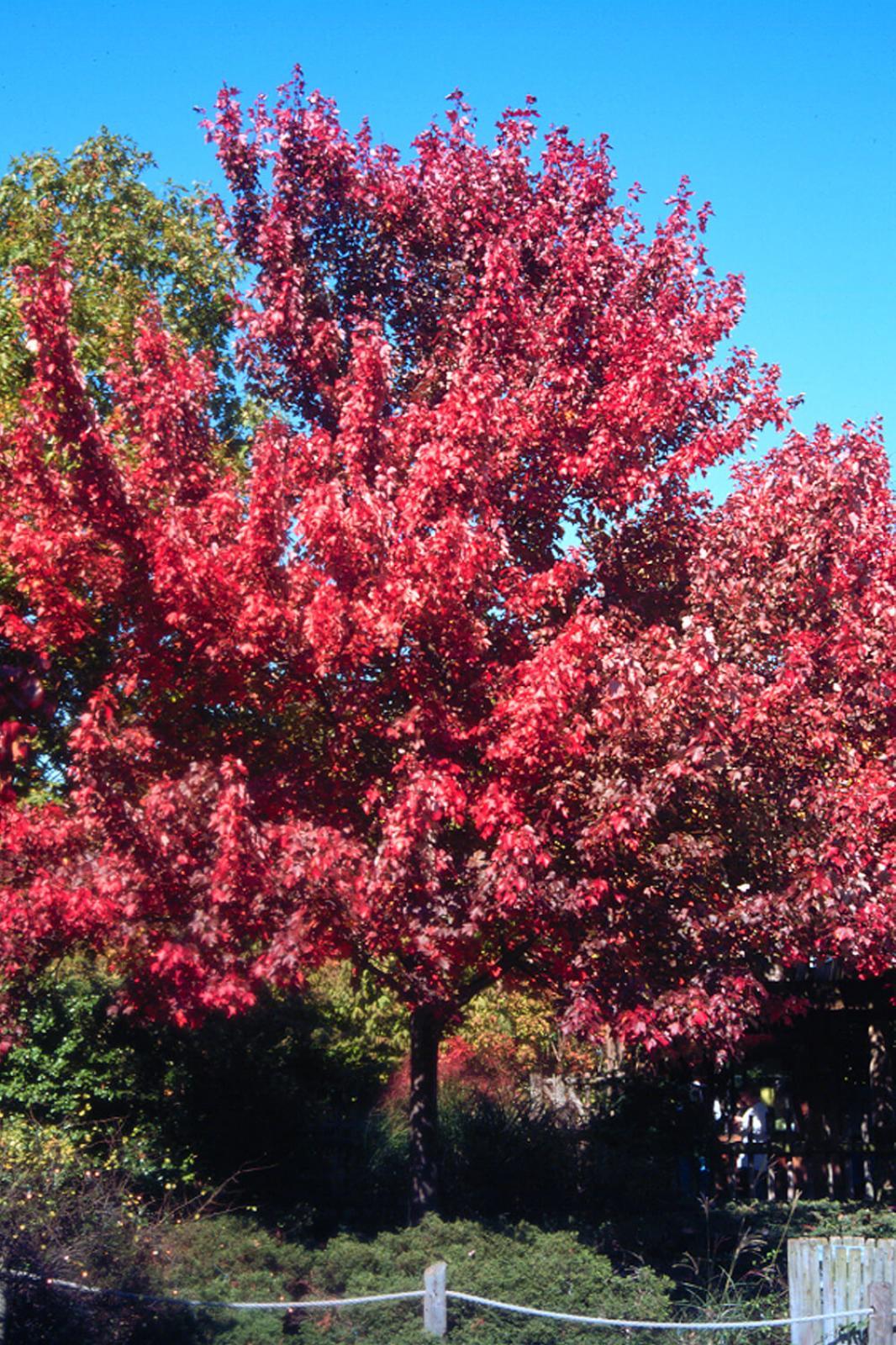January 15, 2013
Freeman maple may be the best tree for urban settings

Acer x freemanii
The search for the best urban tree may well end in the red and silver maple hybrid known as the Freeman maple (Acer x freemanii).
In 1933, Oliver Freeman completed the first known controlled cross of red (Acer rubrum) and silver (Acer saccharinum) maples while at the National Arboretum in Washington, D.C.
Good fall colour, quick easy growth and extended hardiness in Freeman maples are landscape features that please.
Silver maple and red maple are both lowland trees found extensively across North America. Generally these trees have a medium to fast growth rate. They are easy to transplant and have few pest or disease issues. Lowland soils can be wet and oxygen-poor. These maples are often good at tolerating the similarly oxygen-poor soils found near pavement and buildings. Silver maples, though, are large trees with weak wood that makes them less than ideal for many applications. Chlorosis is found in many red maples growing in Southern Ontario’s alkaline soils.
The advantage of using Freeman maples in urban areas is that they are much more tolerant of high pH soils than the commonly planted red maple. This protects the tree from succumbing to stresses induced by iron chlorosis. Some cultivars can display outstanding red fall colour. This fast-growing tree often develops into poor structure, and untrained trees are prone to large limb failure, as is silver maple. Individuals can be compromised by the physiological drought brought upon by built-up road salt in the soil.
Red and silver maples freely hybridize. The many diverse variations within the red maple population are further expanded when combined with silver maples. The genetics of Freeman maples is confusing. It seems that Acer x freemanii may include red maples, red-silver hybrids or any other combination of these trees. In some resources a Freeman hybrid may be listed as a cultivar of red maple. For example, Jacobson lists A. x freemanii ‘Morgan’, which can also be found as A. rubrum ‘Morgan’. Santamour discusses this in Freeman Maple - Illusion and Truth.
Freeman maples are known to tolerate many conditions and be disease resistance. You will find cultivars that are hardy to zone 3, seedless, columnar and some with stunning fall colours. So, embrace the selection skill of the nurseryman, and find a cultivar with the attributes you like.
This is the 11th in a series of articles highlighting one of the 29 trees selected by the Landscape Ontario Growers’ Sector working group as recommended alternatives to ash and Norway maple. Funded by the Agriculture Adaption Council, the complete list and the factsheets on each, can be found at www.landscapeontario.com/trees-for-urban-landscapes.